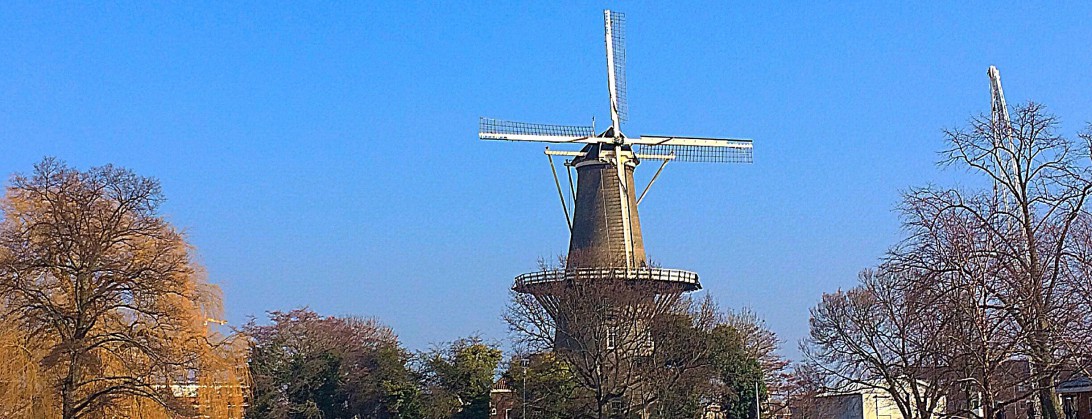This week, from April 30th until May 8th in the Netherlands there is an event called Romeinenweek. The English translation would be something like Week of the Romans. It is a nice gesture to commemorate the presence of the Romans in the Netherlands 2000 years ago. There is a special website that has a program of all the activities to this special week. This year is the third time this event will be organised and the theme for this year is water. So the activities will be focused on subjects like bridges, aquaducts and canals.
But why would a nation commemorate the presence of Romans, an event that already happened so very long ago? There are several reasons for that. From a personal level I remember as a young child there was something fascinating and magical about Romans and their Roman Empire. Most of all, their soldiers looked cool. They wore impressive outfits and the soldiers were very well trained and usually would easily beat their enemies.

I think this is still applicable to the children that grow up nowadays even in this time of TV and video game ‘superheroes’, the Romans still have this special attraction to children. If you want to know how life in the Netherlands was during the Roman presence you might consider making a trip to Archeon in Alphen aan den Rijn. They rebuild buildings from that time, like a Roman bathhouse and there are shows with Roman soldiers and gladiators.

As I grew older and studied ancient history I learned that there were many other reasons why the Romans could be considered ‘cool’. They managed to unite and unify large parts of the tribes and people that lived in Europe, something that no other military or political figure since then has managed. And they knew how to stay in control: the larger part of their empire would be united for nearly 1000 years. It seems almost unbelievable that with the modest technology they had at their disposal they managed to keep together an empire that stretched from England and Spain in the West, Germany in the North, North Africa in the South and stretched all the way to Egypt and Israel in the East. The Romans built a capital, Rome, that was unlike anything the world had ever seen until that point. Millions of people were living in that city and it would take until the 19th century before humanity would see new capitals with a comparable figure of inhabitants.

The Dutch people have always had a keen interest in their history. And the Romans have left us many things to remind us from the time they were present in the Netherlands. Not as obvious like temples or buildings, those have not survived. But by excavating or by pure accident many objects from the Roman time have been found. Not only phyiscal objects like (coins, household items and tombstones to name a few) but also infrastructures like the roads they built or the fundaments of cities and villages. Many of these found objects are on display in musea all around the Netherlands. I could recommend visiting the Rijksmuseum voor Oudheden in Leiden that has one of the largest collections on display in their beautiful museum.
For a full program of activities during Romeinweek you can have a look at the schedule.
-Den Haag, 2 May 2016-
